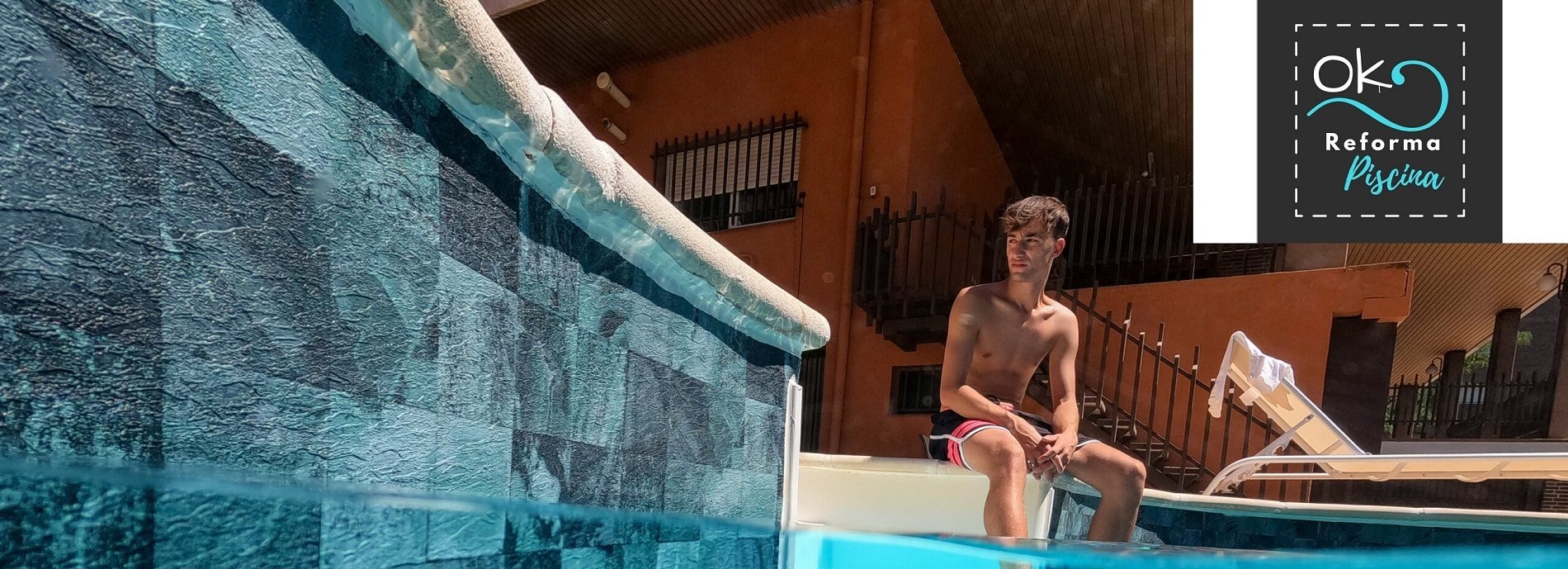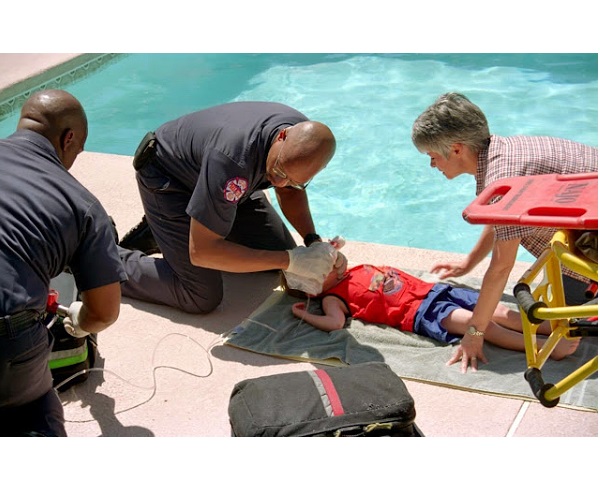
Table of contents of the page
CPR technique in swimming pools: cardiopulmonary resuscitation maneuvers

Safe Pool: Learn CPR and First Aid Techniques
What is CPR?
Take a pool CPR course
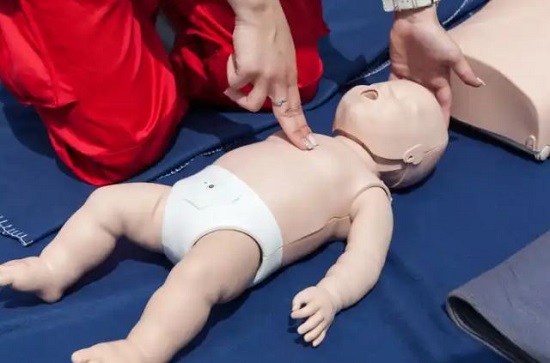
CPR is cardiopulmonary resuscitation. An emergency medical technique in which the person performing the technique attempts to improve the breathing of the choking person with chest compressions and mouth breathing.
Learn CPR and basic water rescue skills.
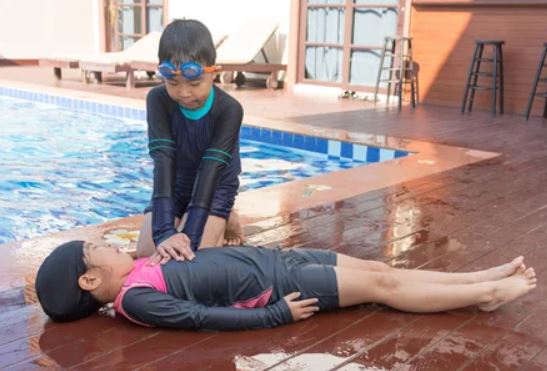
- In fact, it is essential to have basic knowledge to be able to cope with an accident in the pool and how to respond in an emergency without running the risk of drowning.
- Truly, this procedure should be learned by everyone, as it increases the chances of survival of the drowning person..
- What's more, this technique has saved a large number of lives, especially in swimming pools and beaches.
- And, on top of that, it is a very easy maneuver that even children can do.
Tips to avoid drowning children in swimming pools

Safe pool for children preventing child drowning
Drowning is one of the most serious childhood accidents since it can cause death or significant consequences.
There are several measures to minimize the risks, but the most important is the supervision of the small child by an adult and knowing first aid techniques to be able to act quickly if necessary.
Dr. Carles Luaces, head of the Pediatric Emergency Service at the Sant Joan de Déu Barcelona Hospital, explains the main measures that we must take to avoid drowning and remembers that we should not underestimate the risks since too much water is not necessary for the child could drown.
How to act in case of drowning depending on WHERE the accident occurs

How to act in case of drowning if it occurs in a public or community pool
- ,First, we will always take the affected person out of the water and then we will perform a resuscitation maneuver if he or she is not in good condition and then as quickly as possible notify the lifeguard in charge, since he will act professionally in the situation.
Yes How to act in the event of drowning if it occurs in a public or community pool if there is no surveillance service
- In this case, As soon as we remove the victim from the water and have applied first aid, the priority will be to call the emergency telephone number (112) and later we will continue carrying out the supposed aid while medical attention arrives.
First aid in case of drowning swimming pool

Assistance in case of swimming pool drowning
If you encounter a case of drowning, you must evaluate consciousness and breathing to know if it is in cardiorespiratory arrest and then perform the necessary measures. cardiopulmonary resuscitation maneuvers or CPR aimed at keeping the brain oxygenated while the professionals arrive.
In these cases the probability of survival is much higher (with respect to other cases of CRP such as those caused by a heart attack or a traffic accident) since the neurons take longer to die due to low body temperature. It is recommended that if you have spent less than 2 hours underwater, the maneuvers be attempted. There have been cases of people who have remained underwater for more than 40 minutes and have been revived. Below you have links to several cases:
However The first thing is to get the person out of the water. If you can do it safely, do it yourself, always carry a flotation device with you (a boat, a mat, a life preserver...) and if you don't see it clearly, don't go in, ask other people for help and call 112. Don't risk it, There have already been many cases of drowning of people who were going to carry out a water rescue:
Pool drowning performance
How to act in pool drowning resuscitation
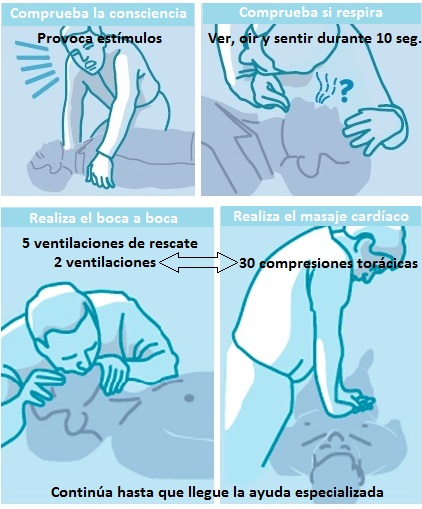
- The first step is to check the level of consciousness, provoke sensitive stimuli to see if he reacts.
- Secondly, if you don't react, check if he's breathing, perform a neck extension to open the airways and bring your ear closer to his nose and look at his chest. If you don't feel anything, the person is in PCR.
- Now you must perform 5 ventilations mouth to mouth, opening the airways and pinching the nose. The goal is to quickly raise the level of oxygen in the blood. These ventilations are called rescue ventilations because sometimes they are enough to reverse the arrest. Especially in the case of children.
- Then 30 compressions strong in the center of the chest, in the sternum, with both hands, arms well extended and perpendicular to the ground and supported by the weight of your body. It is normal for water to come out of the mouth with cardiac massage since the lungs are also compressed and may be full of water. Tilt your head so the water runs out.
- Next, perform 2 ventilations again and continues with cycles of 30 compressions and 2 ventilations until assistance arrives.
- If there is a defibrillator, request it and install it as soon as you have it. Take the person to a dry area and dry their chest well before applying the patches.
CPR for babies and children (under 8 years old)
CPR babies and children: save from drowning in the pool
- If the drowned person is under eight years old, you should know the differences in resuscitation maneuvers. You can see them in the following video
